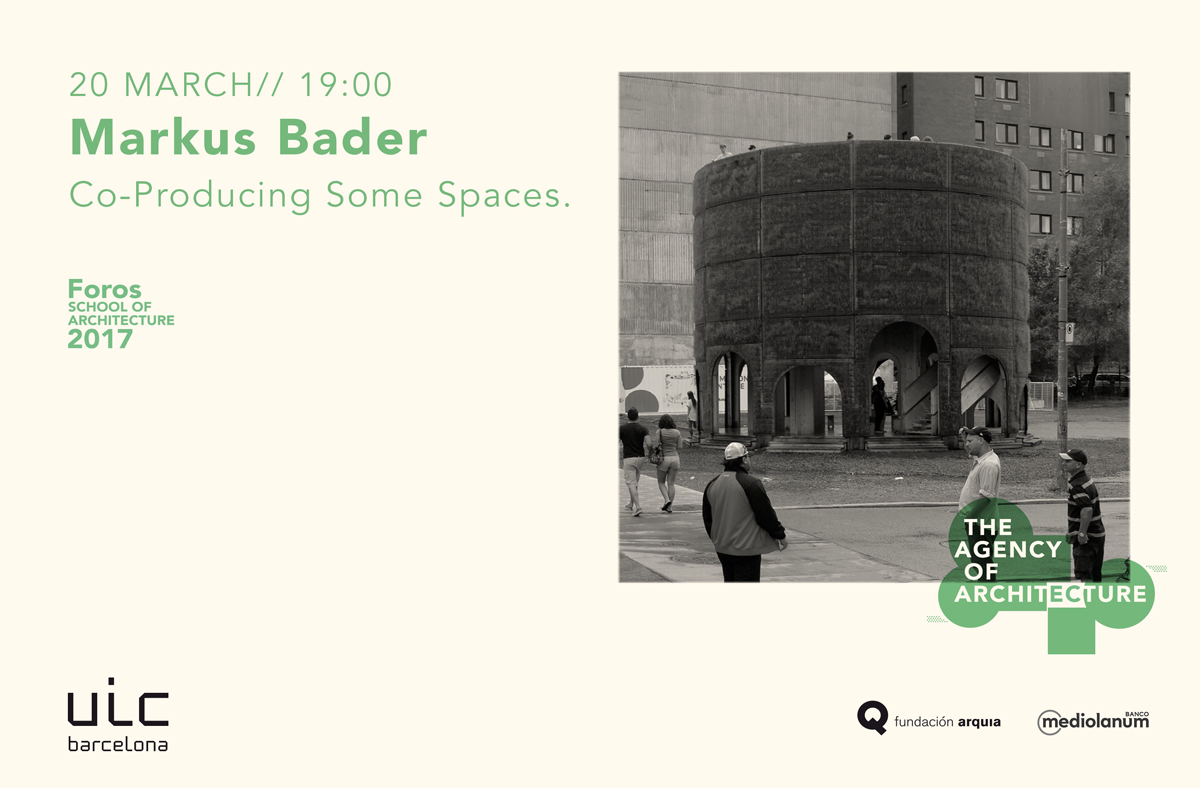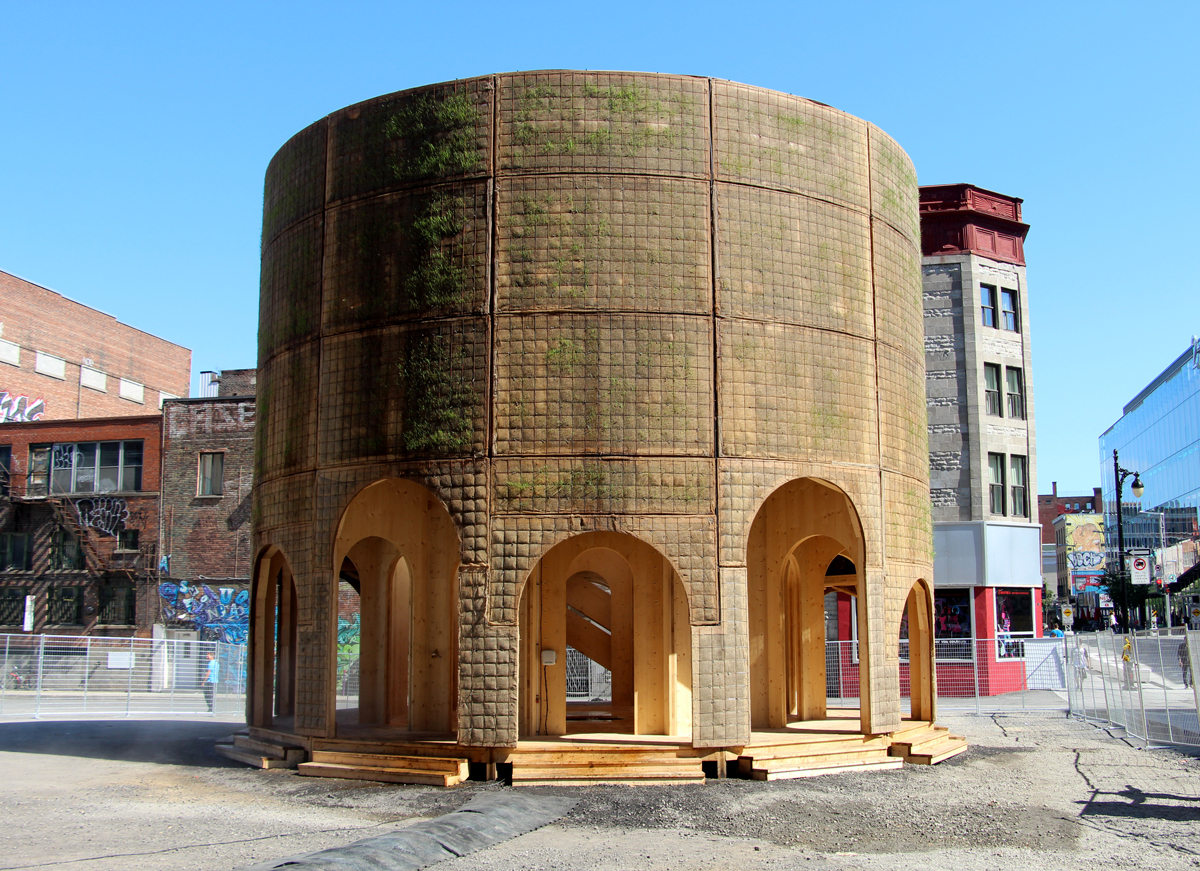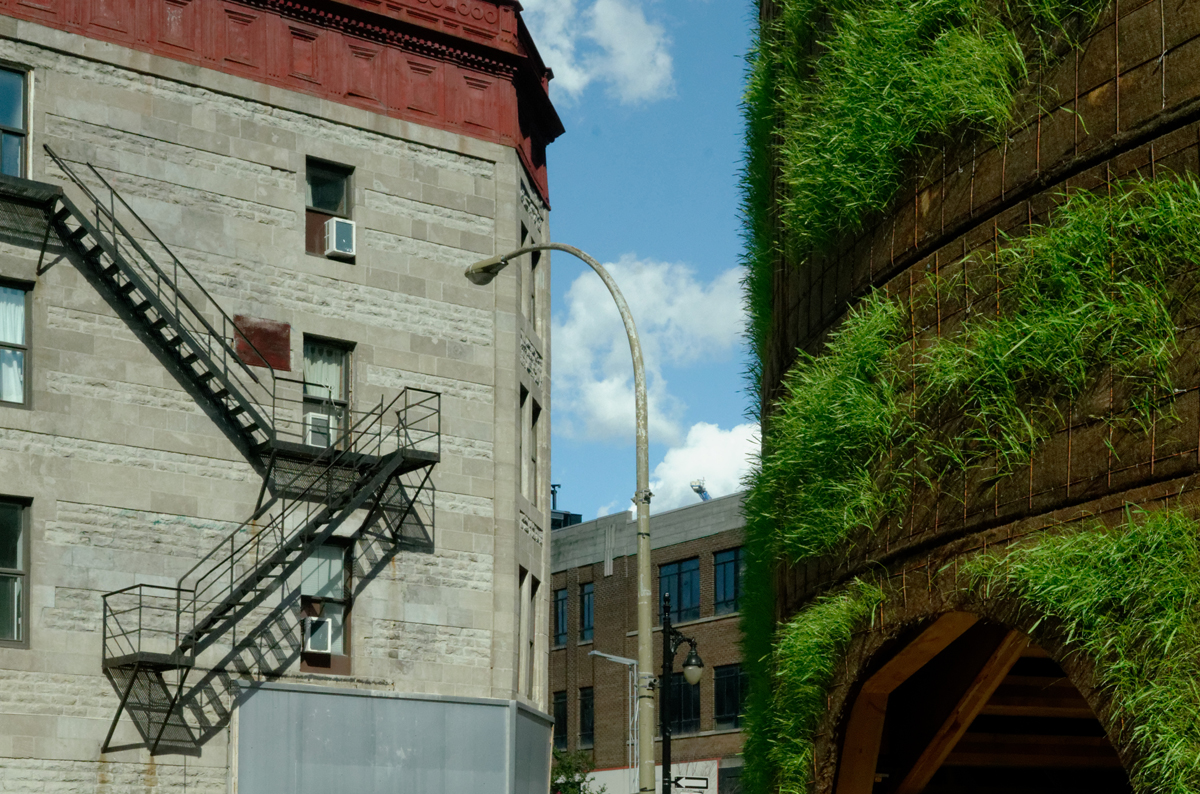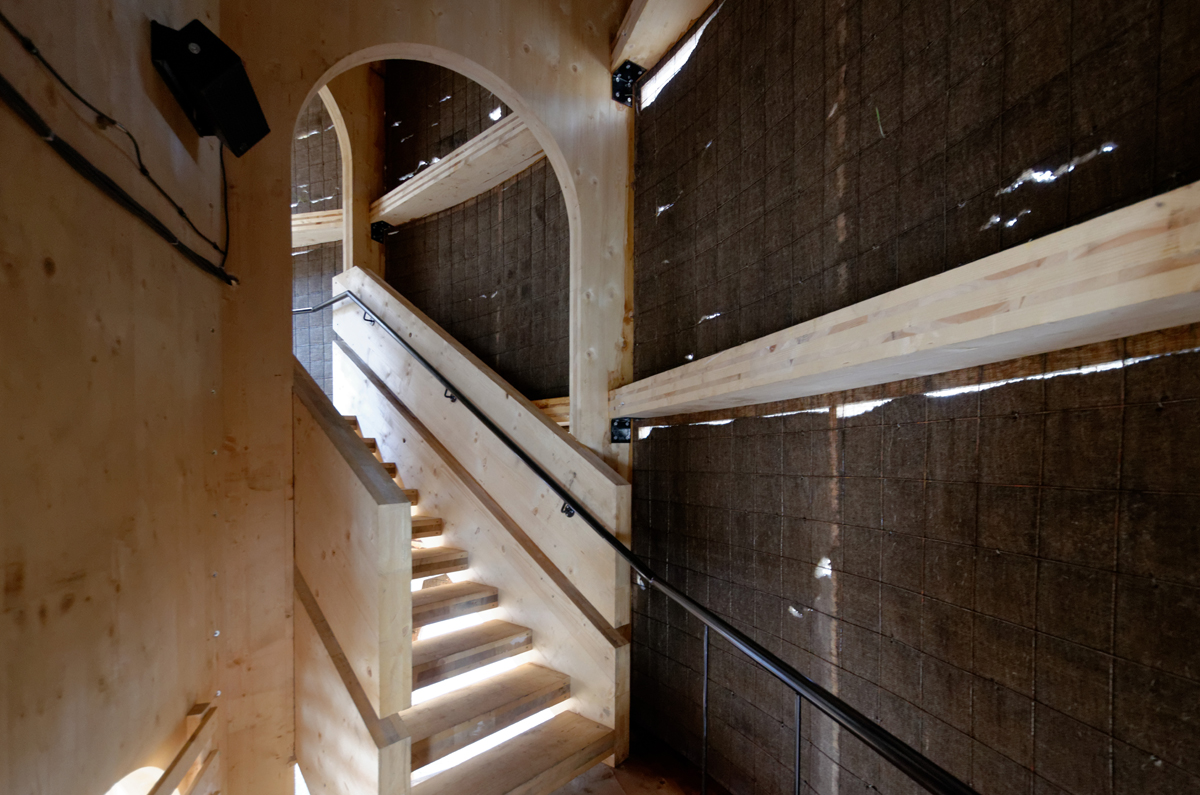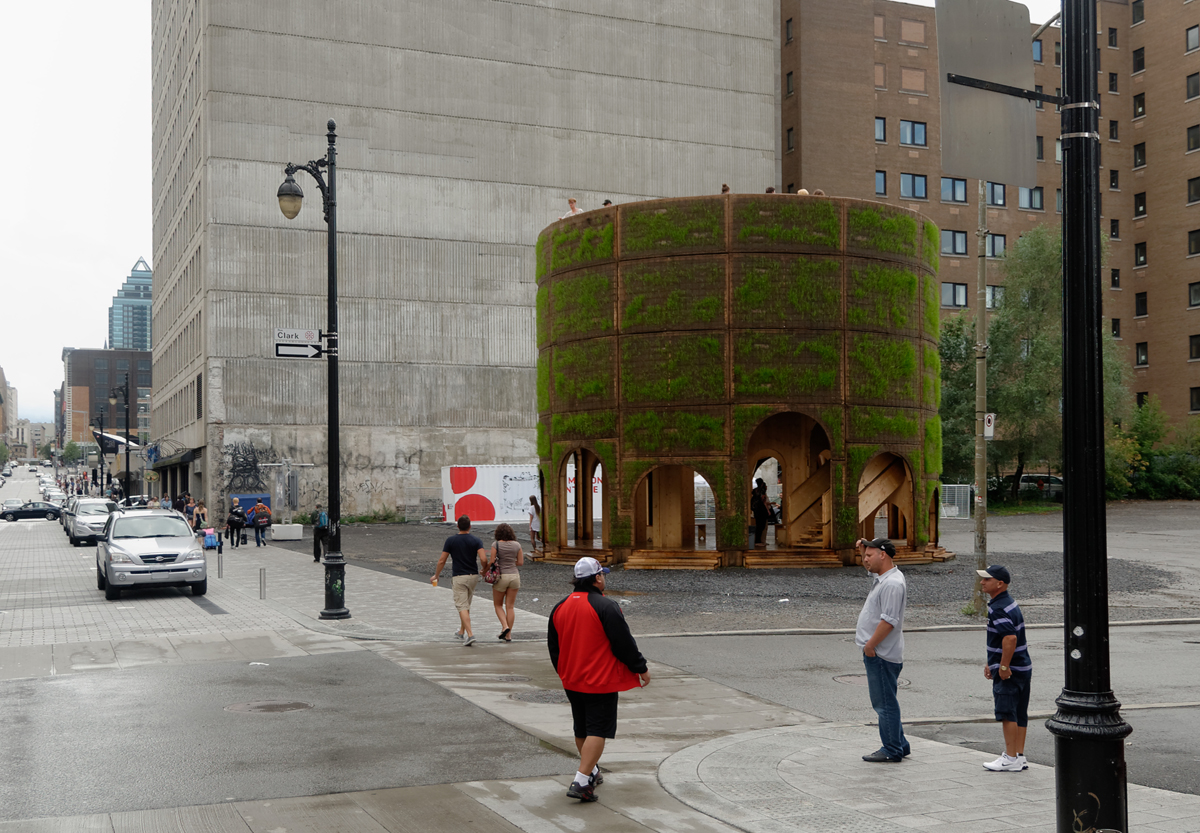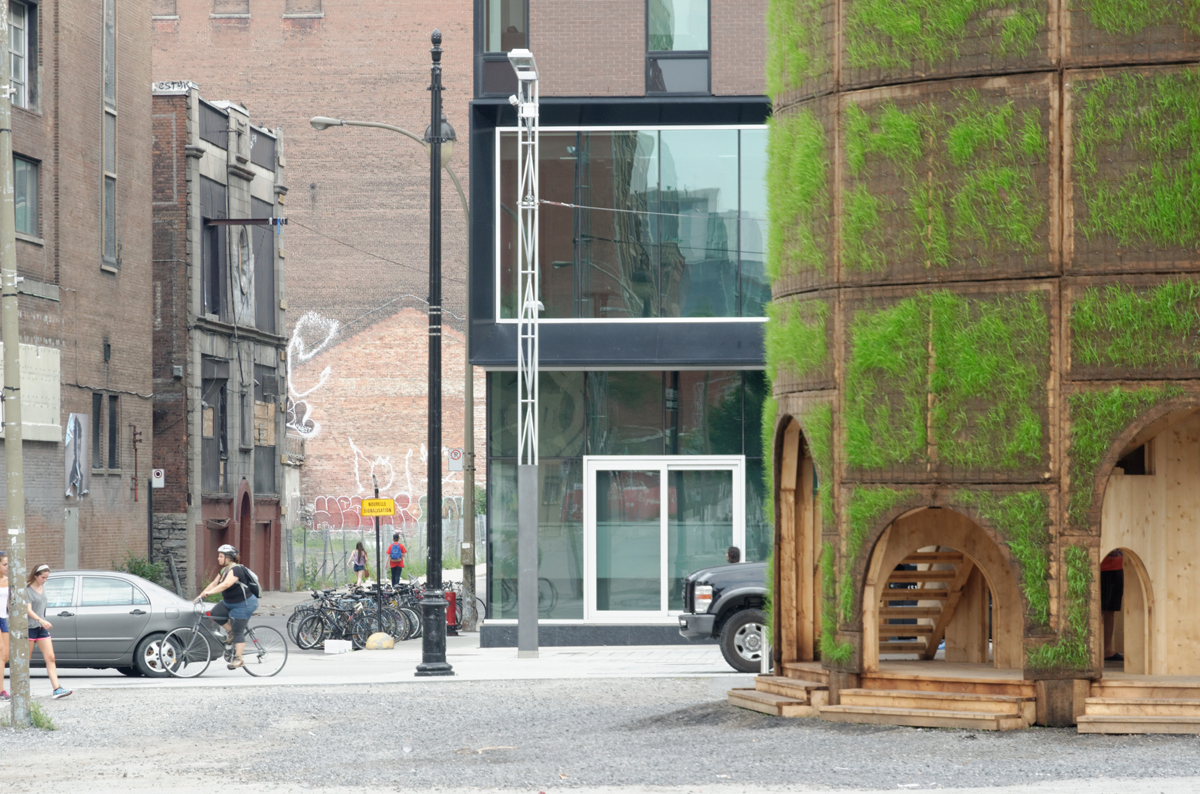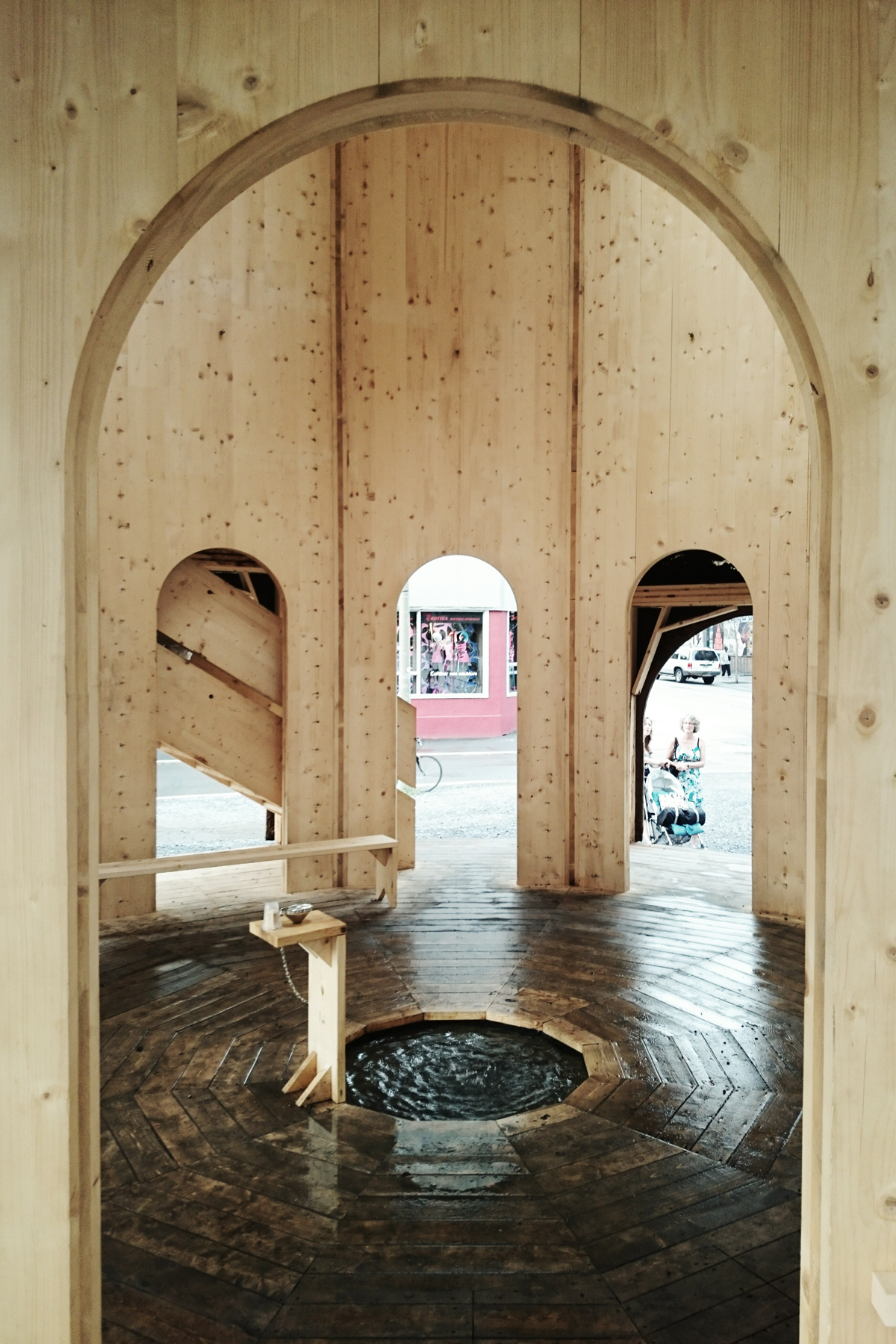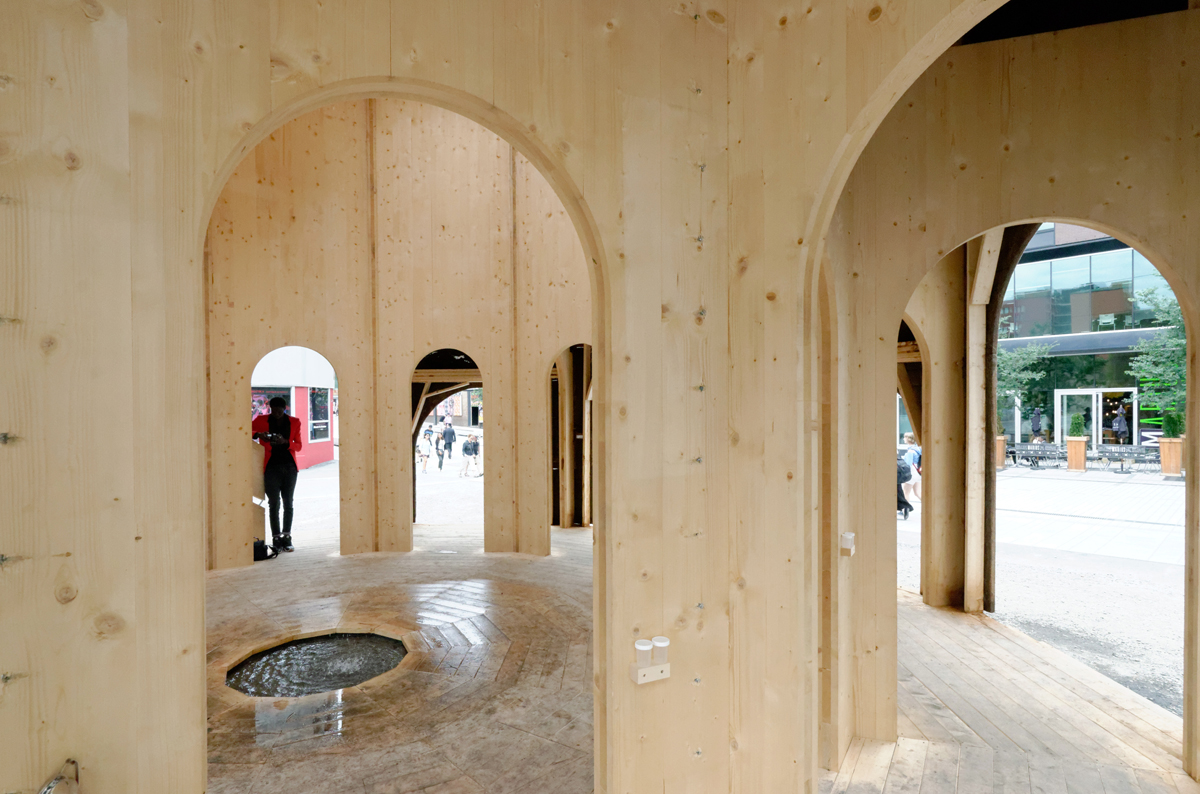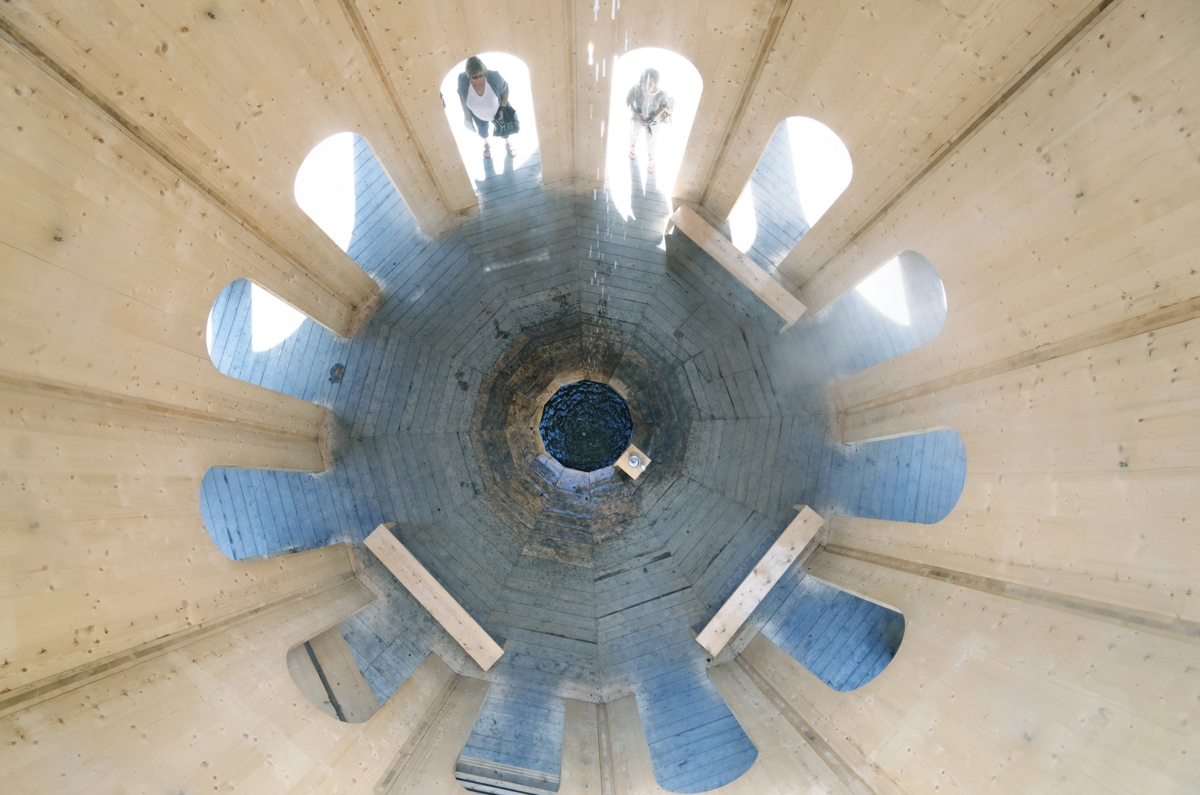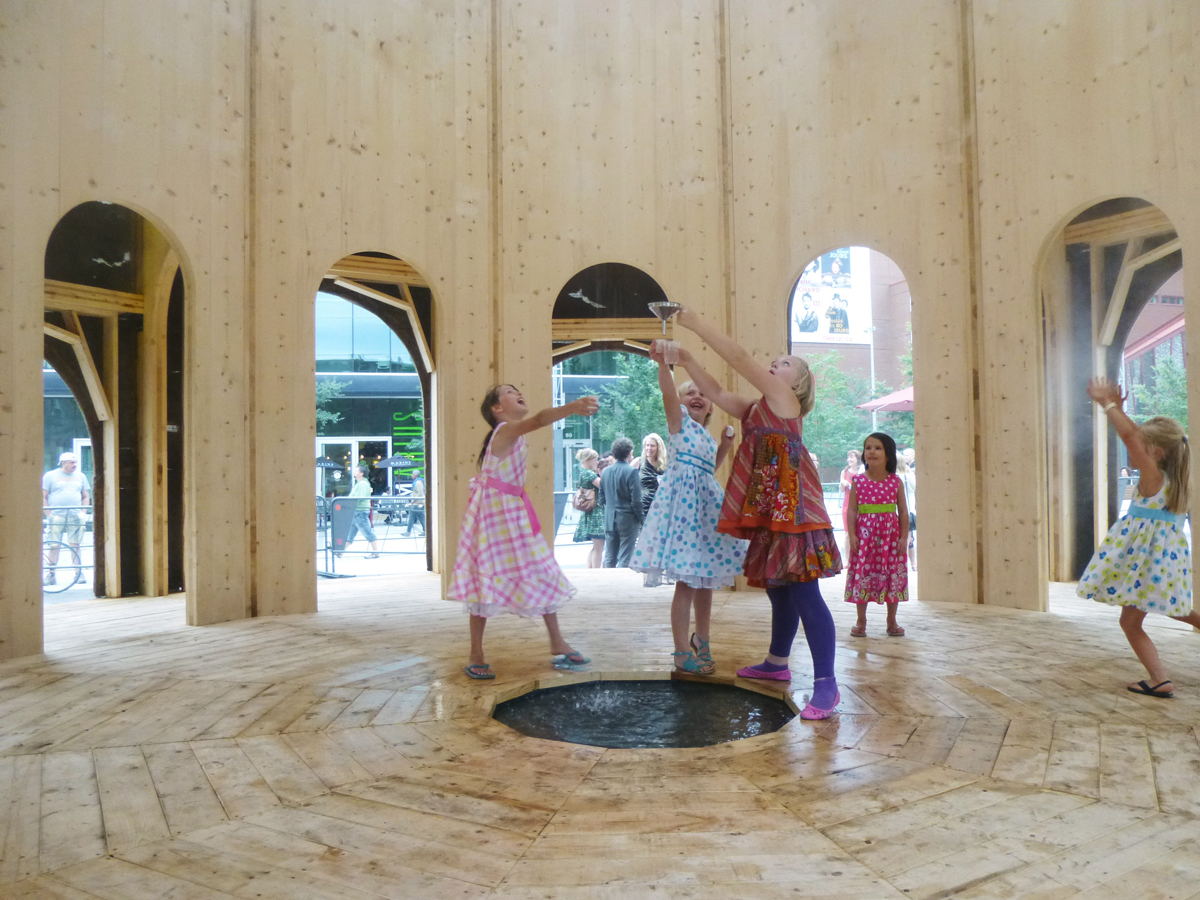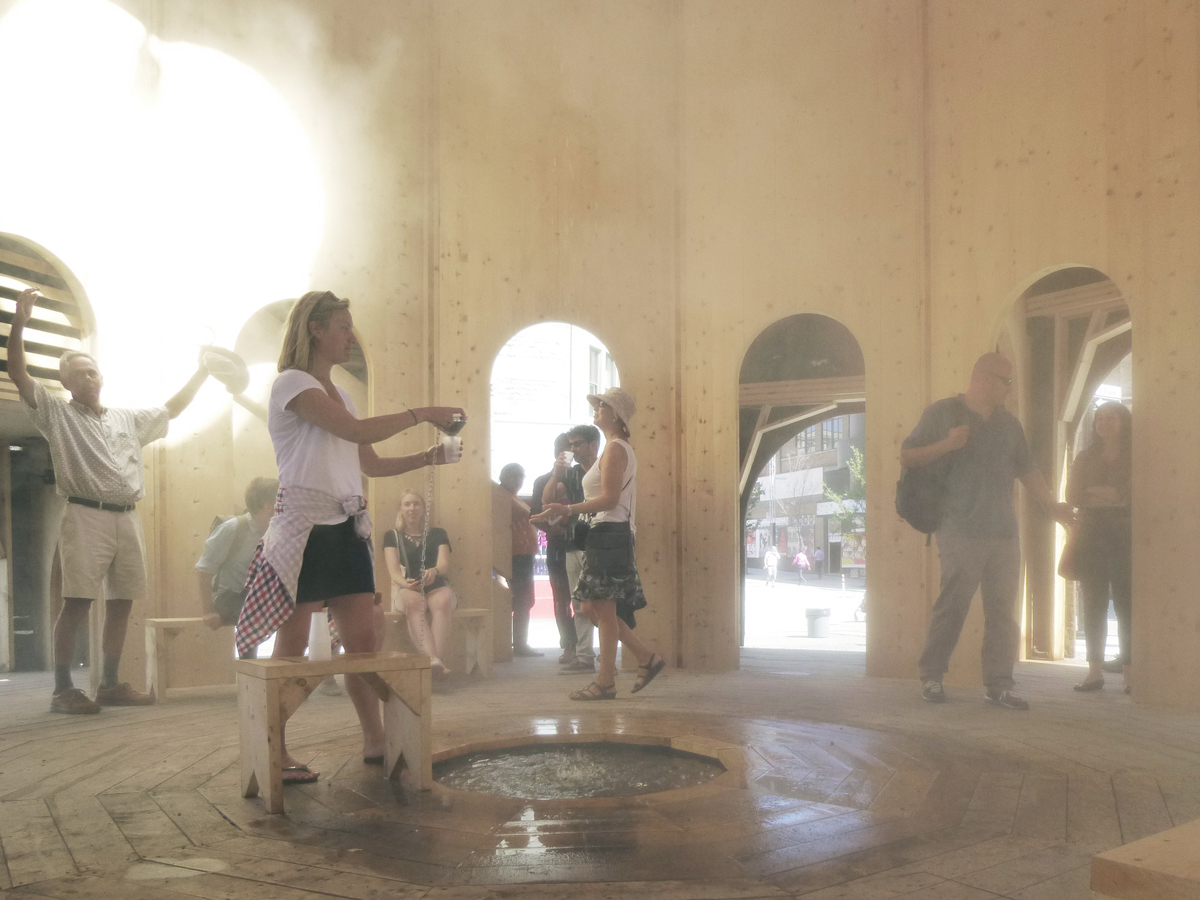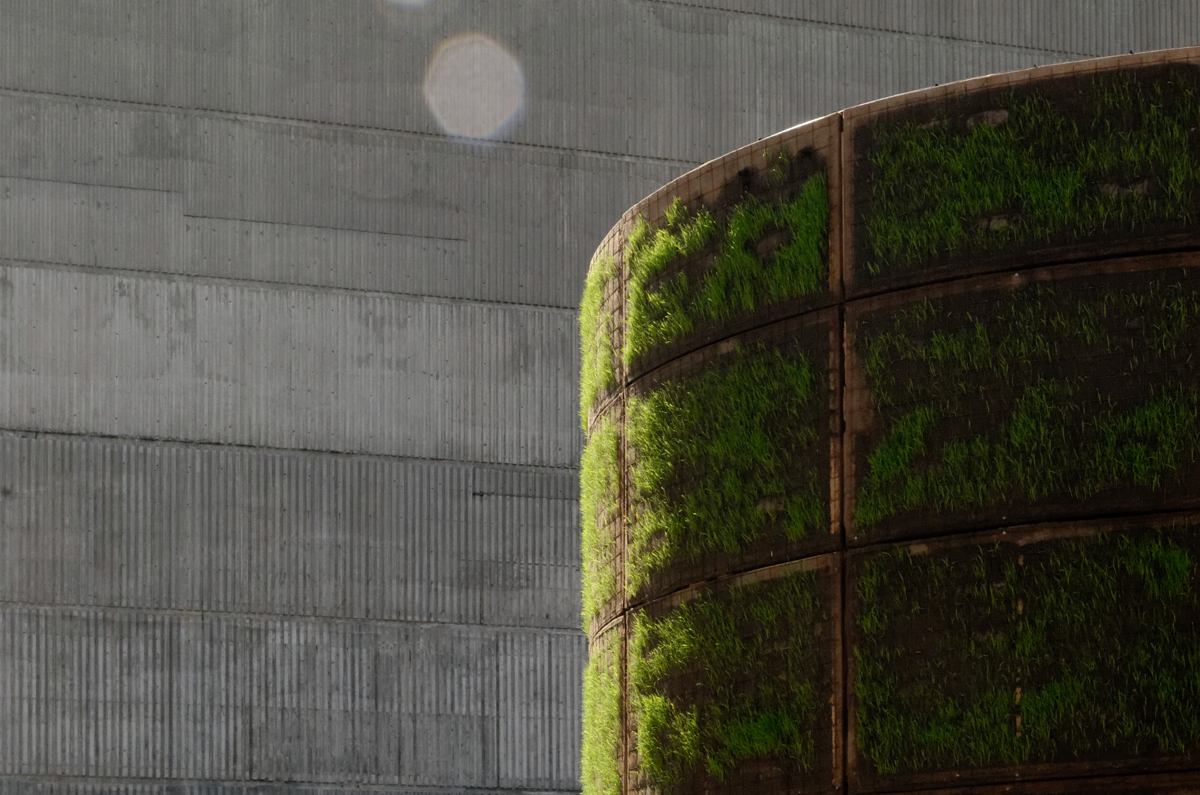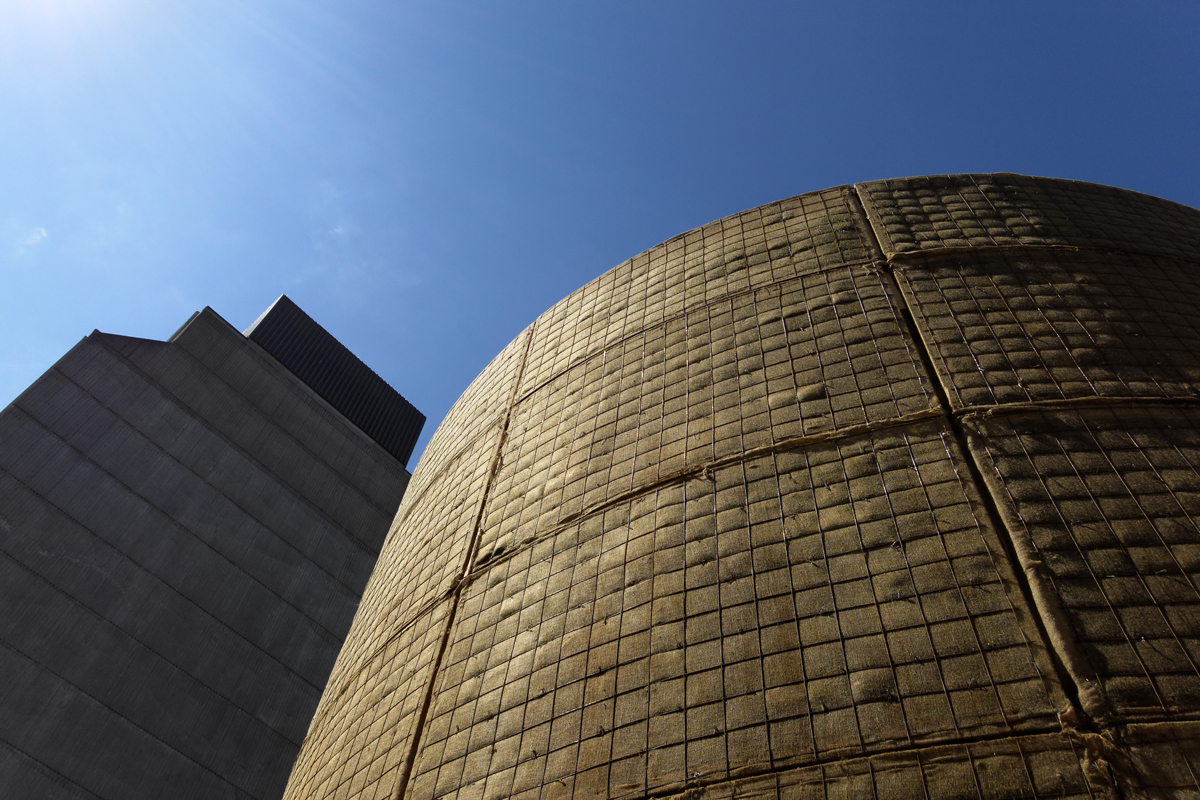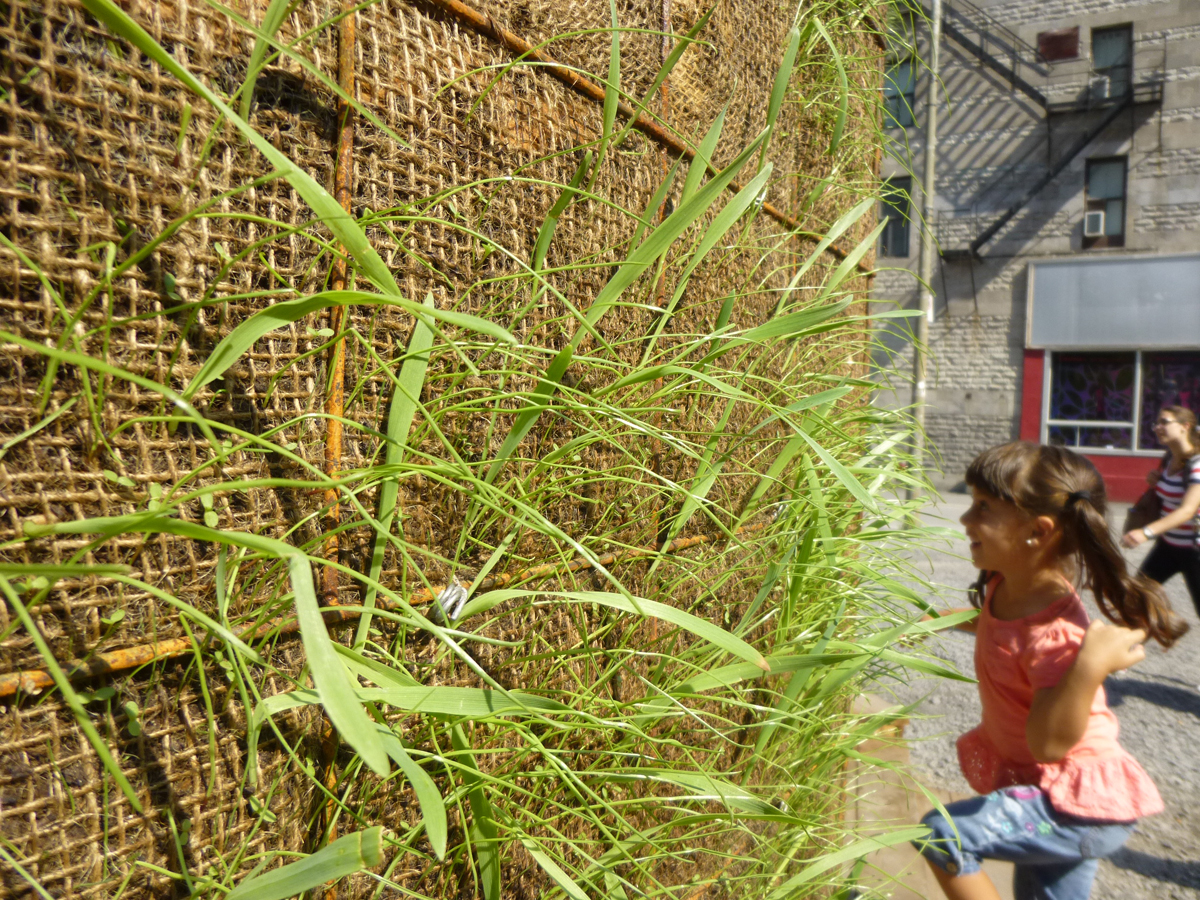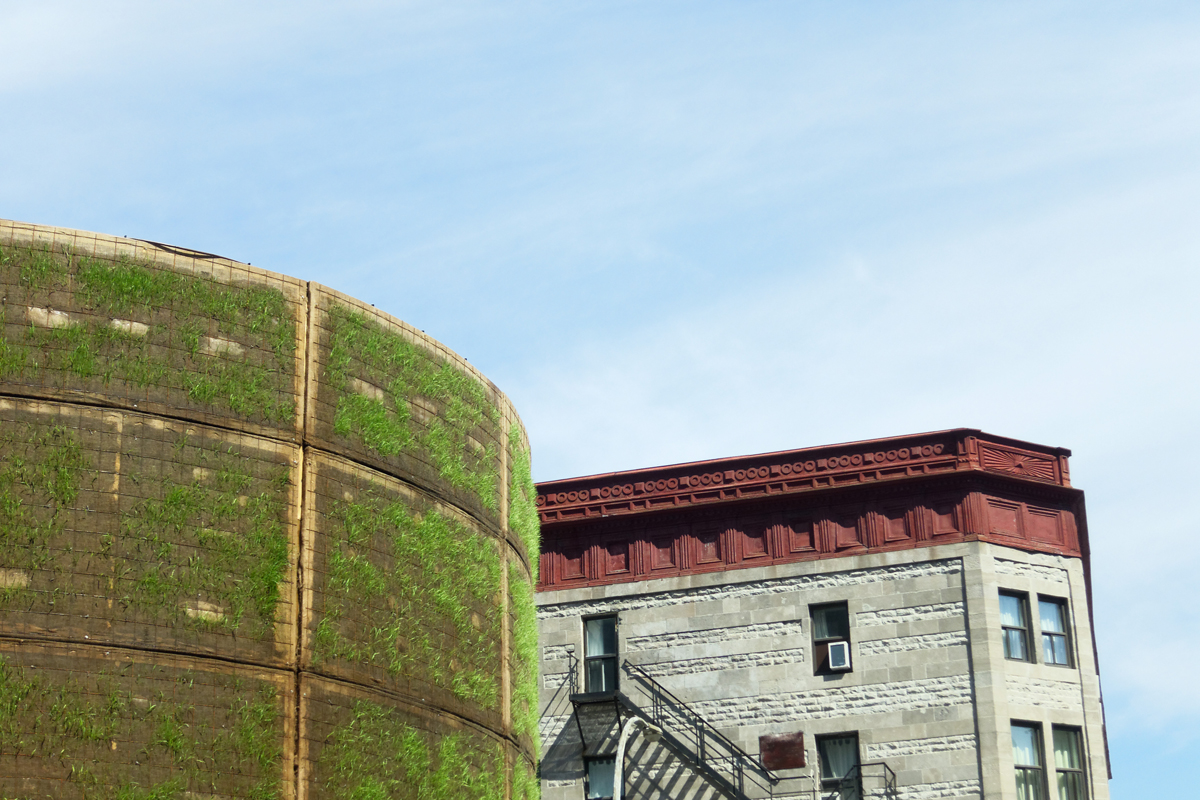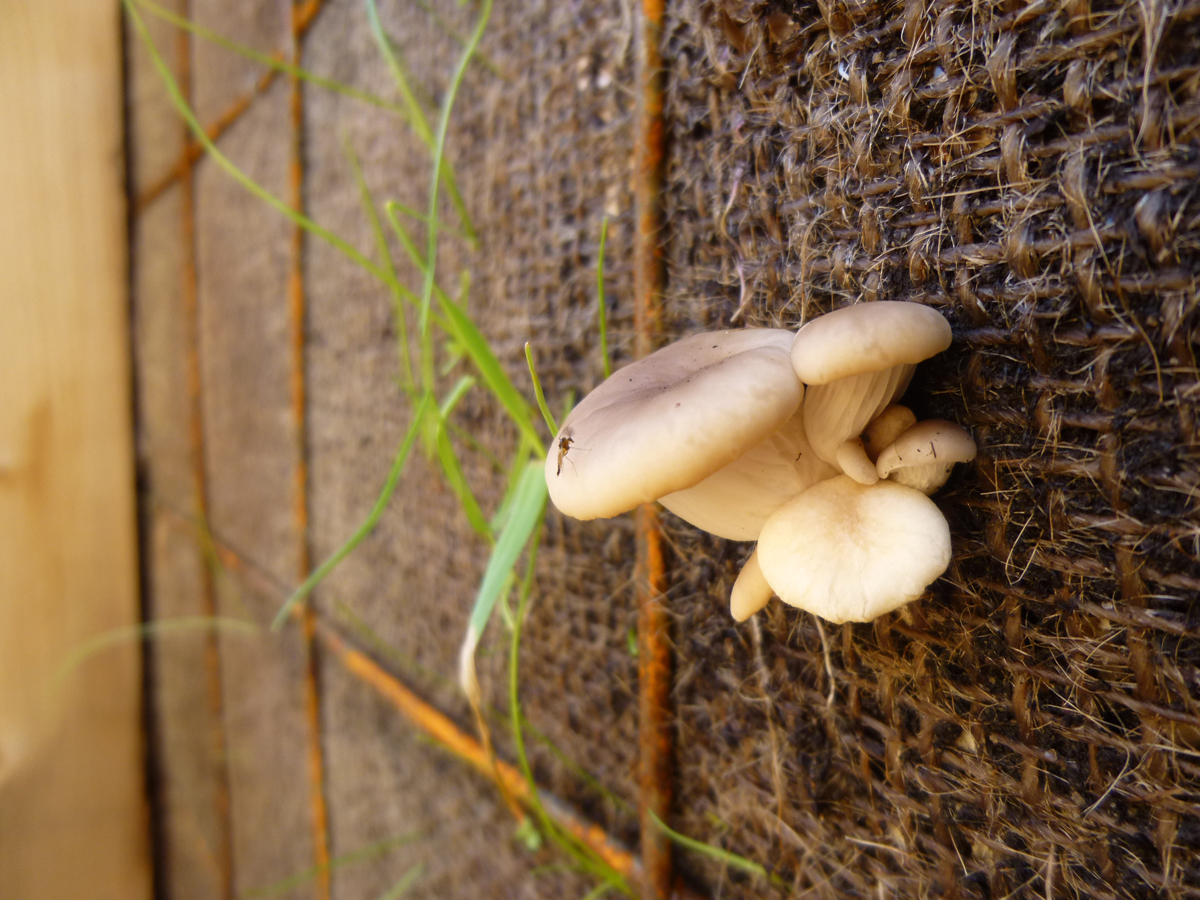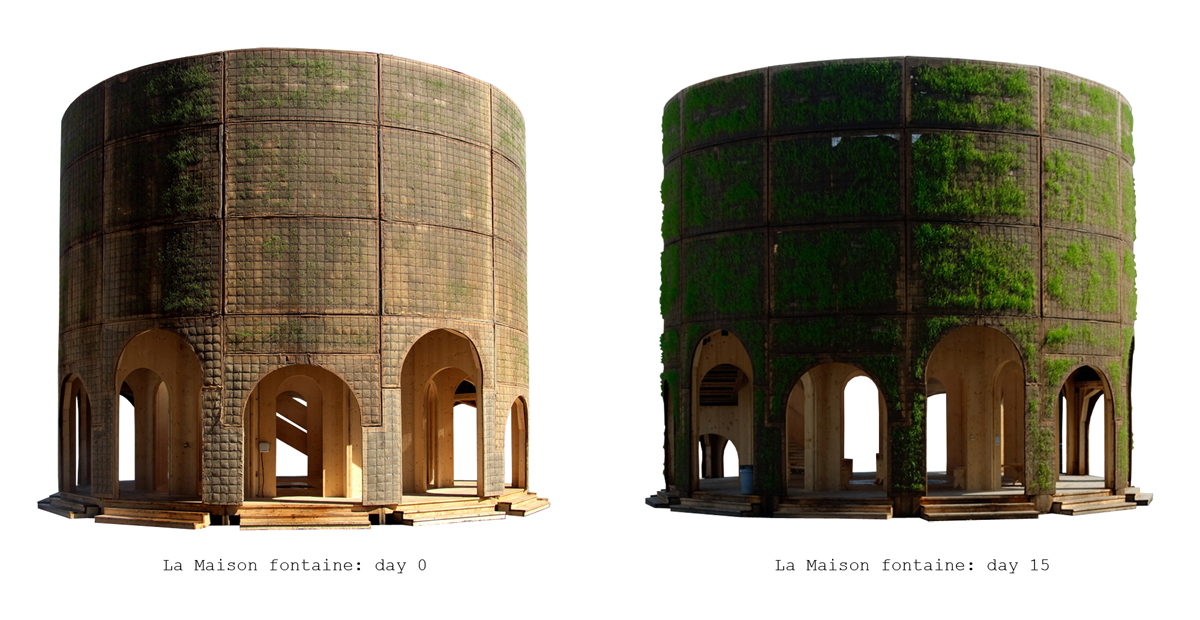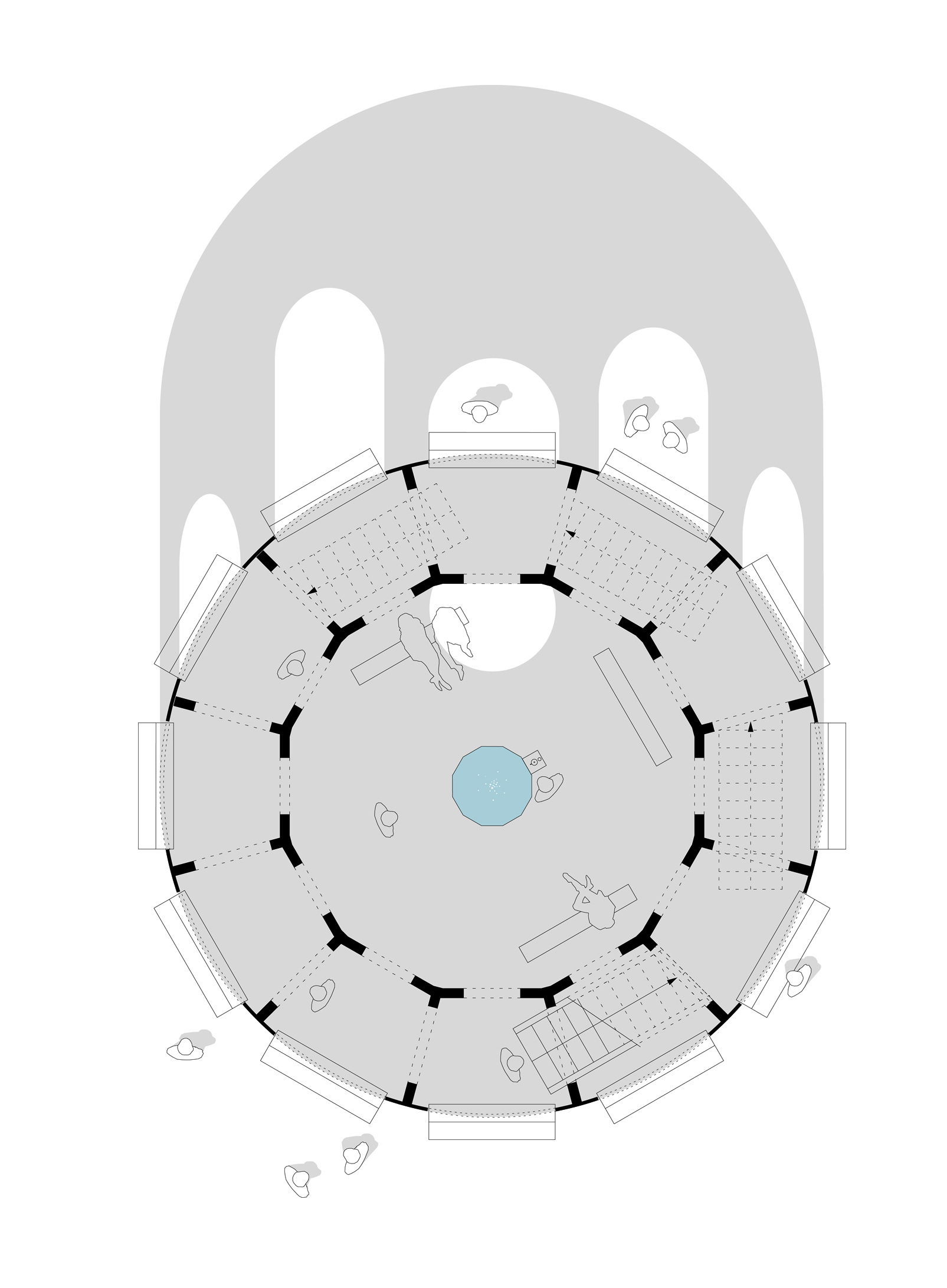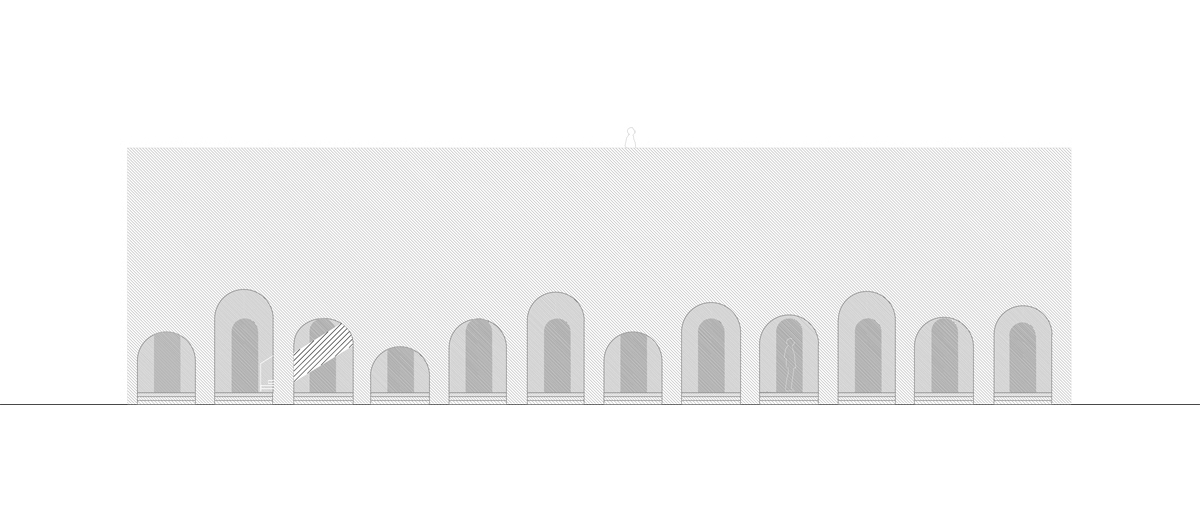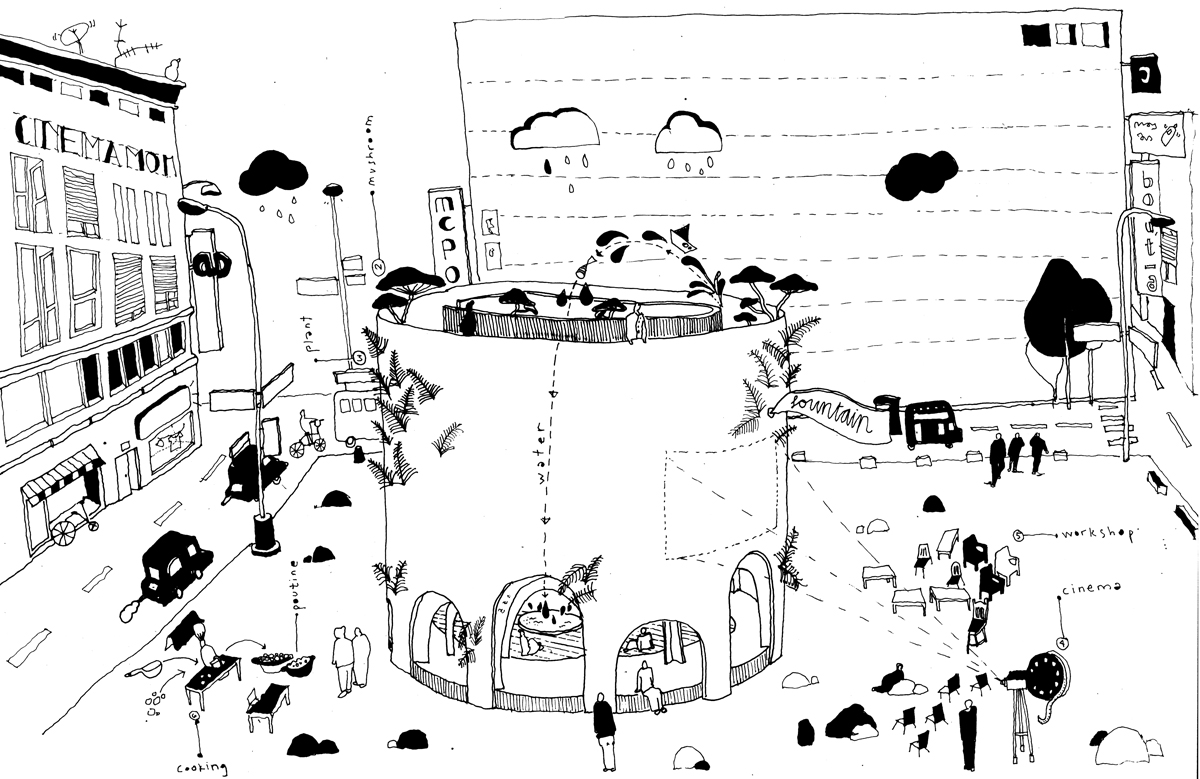Markus Bader. Raumlaborberlin Fountain House
Monday, 20 March 2017 – 7 p.m.
Markus Bader
Co-Producing Some Spaces
UIC Barcelona ESARQ-School of Architecture will host the third lecture in #Foros2017 “The Agency of Architecture”. The conference will be given by Markus Bader, member and co-founder of Raumlaborberlin, an architectural collective renowned for its cross-cutting work which incorporates architecture, urban planning, art and urban interventions, such as the transformation and revitalisation of the Tempelhof Airport as a public space in Berlin.
Under the title “Co-Producing Some Spaces”, the guest speaker will reflect on how we all, through our private and collective actions, generate space, and how the synchronisation of these activities in one single space creates a city. According to Bader, “architecture is a tool in the search for the city of tomorrow, and as architects we are activists, because we operate within the city.” By analysing Raumlabor’s work, projects which explore the limits of architecture and are deeply rooted in the local context, Markus Bader will invite attendees to change their opinion of the city and reformulate contemporary concepts such as “participation”, “collaboration” and “site-specific”.
Markus Bader combines his work as an architect with education, and not just in academia as Professor of Projects at the University of the Arts in Berlin, but also at the Urban School Ruhr, an open university developed by Raumlaborberlin in cooperation with Urbane Künste Ruhr, a learning platform and pedagogical experiment that investigates participative and artistic practices in urban space. With projects such as the Göteborg Sauna, Bader has been nominated for the Kasper Salin Prize, the 2015 National Swedish Architecture Award.
Fountain House. The project
Source: raumlaborberlin
Photogtaphy: raumlaborberlin
Reexamining the fountain: In contemporary urban as well as cultural discussions we see a renaissance of the idea of common space, in german either translated as „Allmende“ or „Gemeinschaft“ depending on a relationship towards (city) space or social structures. This is related to the dipole of the private vs. the public as the two dominant categories of the 20th century. Now in the 21st century we find many ways of being together as part of daily life, be it through social media or through community gardens or similar locally rooted projects.
On the other hand we tend to take for granted many achievements inherited from previous generations’ common efforts, without giving them a second thought. One of these heritages are public infrastructures. The excellent quality of water coming from the tap is one of these neglected public goods. While international companies secure access to water as part of their economic models, in western cities this good is mostly distributed freely. In Montreal, water is even delivered free to most residential users.
The project wishes to re-address the notion of the public good by celebrating free access to it. the fountain house is to be a place for this celebration to find a place and a shape. To give it a presence in public-shared city spaces. The Fountain House, with it’s open ground plan, overlapping archways for entering and accessible rooftop offers a space for various kinds of public use. It creates a new centre of attraction, a place to be around, to be in, to discover. This node structures the space and still allows surrounding programs. In the core, falling through a hole in the roof, a thin water fall is offered to the public, to drink, to observe or hear, to play with. The water is collected in a small basin and redistributed to the air thanks to nozzles creating a thin refreshing cloud slowly moving in the space of the fountain house.
The fountain house is located at the corner of Sainte Catherine and Clark, in a really central area of Montreal. Built on an undefined space, an inner city waiting land, with an eclectic architectural surrounding, the fountain house enhances the potential of the space. Stairs allow the visitor to reach the roof of the structure and enjoy a 360° panorama of the surrounding environment.
Besides being a public place of interaction and interchange, the fountain house is a place to celebrate life. It lives with the water, the fundamental element of all. The skin of the building is more than just a shelter or an enclosure. It lives and changes. Plants, fungi and small organisms create their own small biological habitat on the outside, as well as the inside of the fountain house.
Other projects by Markus Bader
